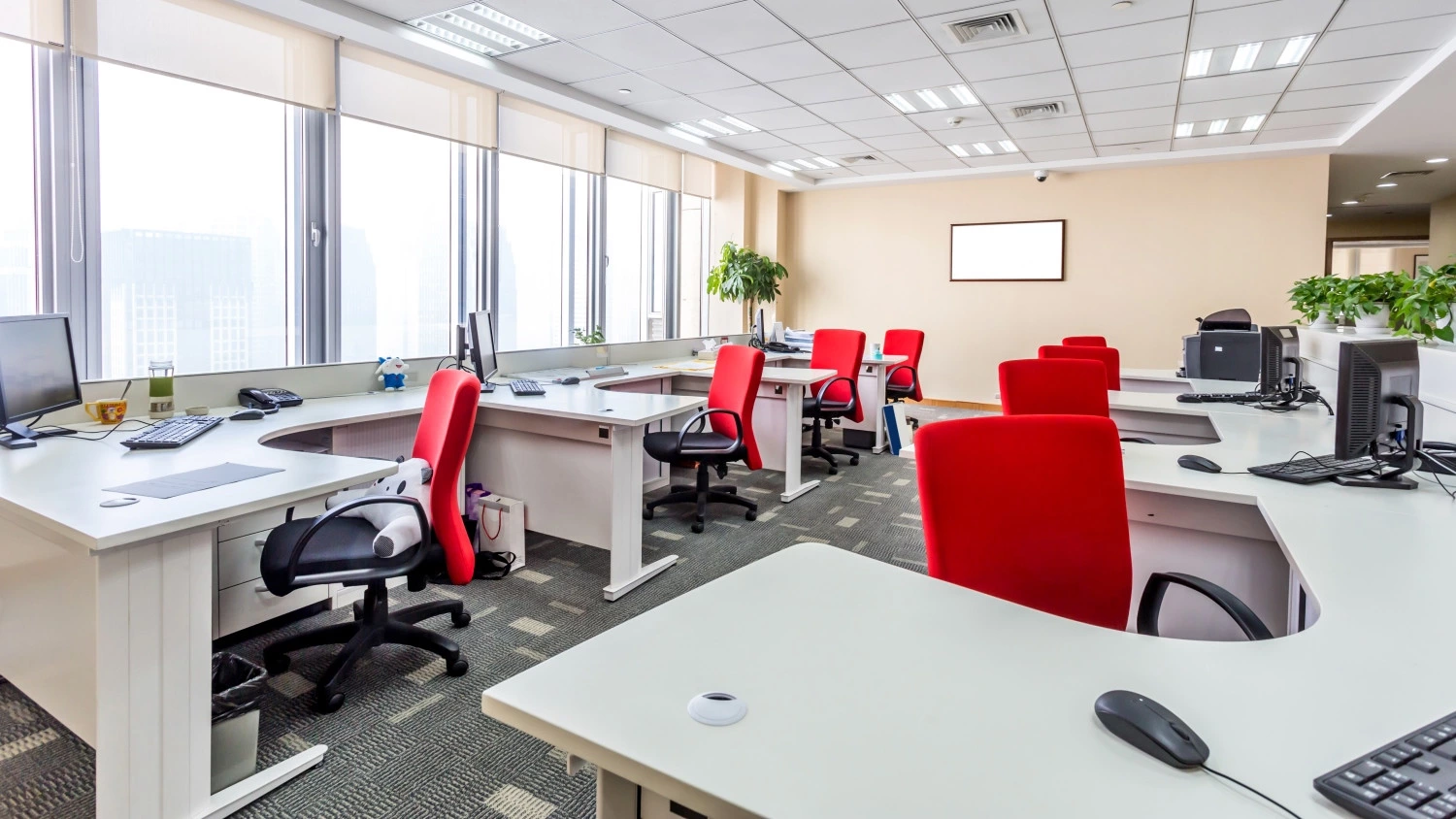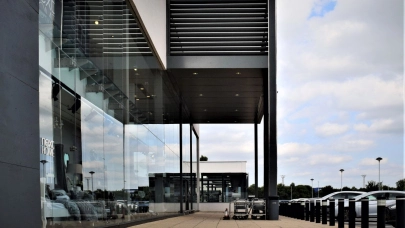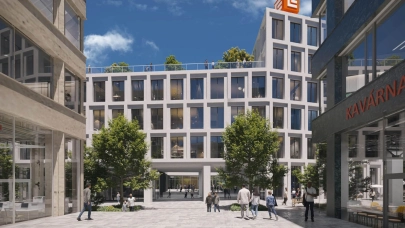
Sick building syndrome (SBS) is becoming a growing problem affecting millions of buildings worldwide. In Great Britain and New Zealand, up to 80% of employees have shown symptoms of SBS leading to increased sickness and reduced productivity.
The sick building syndrome has several main causes that create an unfavourable indoor environment. Inadequate ventilation is one of the key factors that allows pollutants to accumulate in the air. These pollutants come from various sources: from dust and smoke to volatile organic compounds released from furniture and building materials.
SBS presents with a range of symptoms from headaches and eye irritation to problems with concentration and fatigue. These conditions often disappear after leaving the building, suggesting a direct link to the quality of the indoor environment. Alarmingly, according to research in the United States, up to 25 million buildings suffer from some form of SBS, including 1.2 million office buildings.
"These symptoms are often subtle and can be associated with factors such as insufficient ventilation, high concentrations of indoor pollutants or increased humidity. SBS is not just a matter of convenience but a significant health and economic risk," comments Adam Heres Vostárek, Regional Director at Planradar Czech Republic.
The situation is often worsened by inefficient air conditioning systems, which instead of solving the problem contribute to its deepening. They cannot ensure sufficient air exchange, and in addition, they produce other pollutants. The result is a dramatic increase in CO2 concentration, which can have serious effects on our cognitive abilities. Studies show that in heavily polluted environments they can drop by up to half. Conversely, lowering the CO2 level below 1000 ppm can lead to a significant increase in productivity – up to 60%. Another problem is excessive humidity, which creates ideal conditions for mould growth. These then cause respiratory problems and allergic reactions.
PlanRadar, a platform focused on the digitisation of documentation, communication and reporting during construction and real estate management, emphasises the importance of monitoring the internal environment of buildings in the fight against SNB, which reveals potential problems in time and allows building managers to prevent serious problems before they arise.
Planning regular maintenance is essential. Thanks to a systematic approach to maintenance, the life of the equipment is extended and the overall cost of running the building is reduced. Portable defect documentation (for example on a smartphone or tablet) speeds up problem detection and response. This feature allows technicians to record and report issues directly from the field, resulting in faster resolution and minimising impact on building users. Finally, records of collected data help track recurring issues and strategically plan future maintenance.
The impacts of unhealthy building syndrome are far-reaching and serious. Not only do they threaten the health of residents and users of buildings, but also significantly reduce the productivity of people working in offices or other indoor spaces. These problems can lead to the depreciation of the property itself and the subsequent loss of potential rental income.



